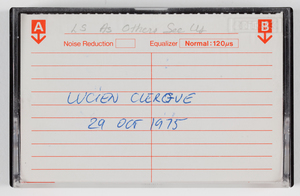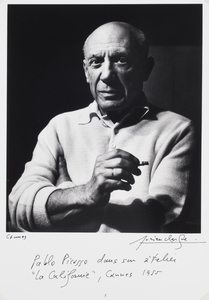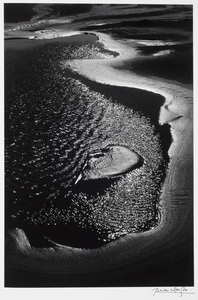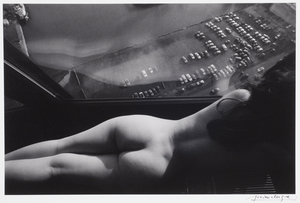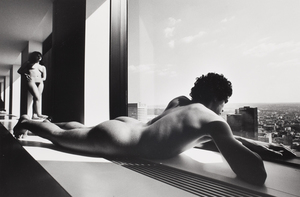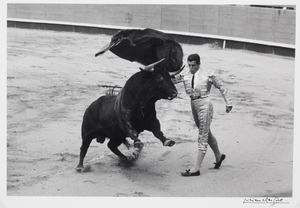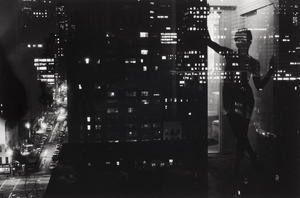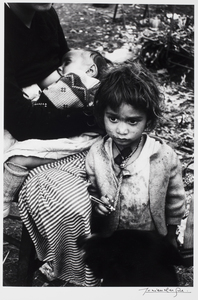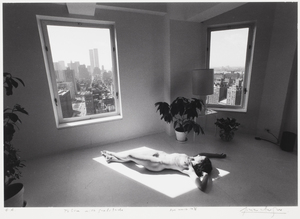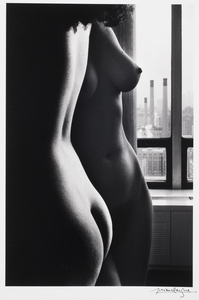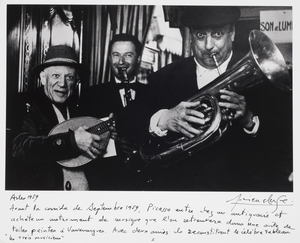Lucien Clergue was born in Arles, France, in 1934. Growing up the ancient port city, Clergue was surrounded by Greek and Roman ruins as well as those caused by World War II air raids. His early images reflect his intense exploration of death. Early in 1955, Clergue choreographed a series of photographs of traveling entertainers, acrobats, and harlequins entitled the Saltimbanques. The photographer created tableaux vivants, sometimes making the costumes for the players himself. Clergue’s earlier work also included images of gypsies of southern France.
After periodically sending images to Pablo Picasso, Clergue finally met and formed a close friendship with the artists that endured until Picasso’s death in 1973. Clergue’s book Picasso My Friend (1993) retraces important moments in their relationship. Picasso introduced Clergue to a cosmopolitan circle including the avant-garde poet, writer, and filmmaker Jean Cocteau, with whom Clergue collaborated on several projects. Clergue’s imagery developed three strong themes: female nudes, bullfighting, and Picasso and his circle.
Clergue’s photographs have been exhibited in over one hundred solo exhibitions worldwide. The Fogg Museum at Harvard University and the Museum of Fine Arts in Boston have become the major repositories for Clergue’s work. His photographs of Jean Cocteau are on permanent display at the Jean Cocteau Museum in Menton, France. Clergue, a co-founder of the Rencontres d’Arles photography festival, is the first photographer to be elected a member of the Académie des Beaux Arts in Paris. He has published more than seventy-five books and twenty short films.
Rose Mathies



